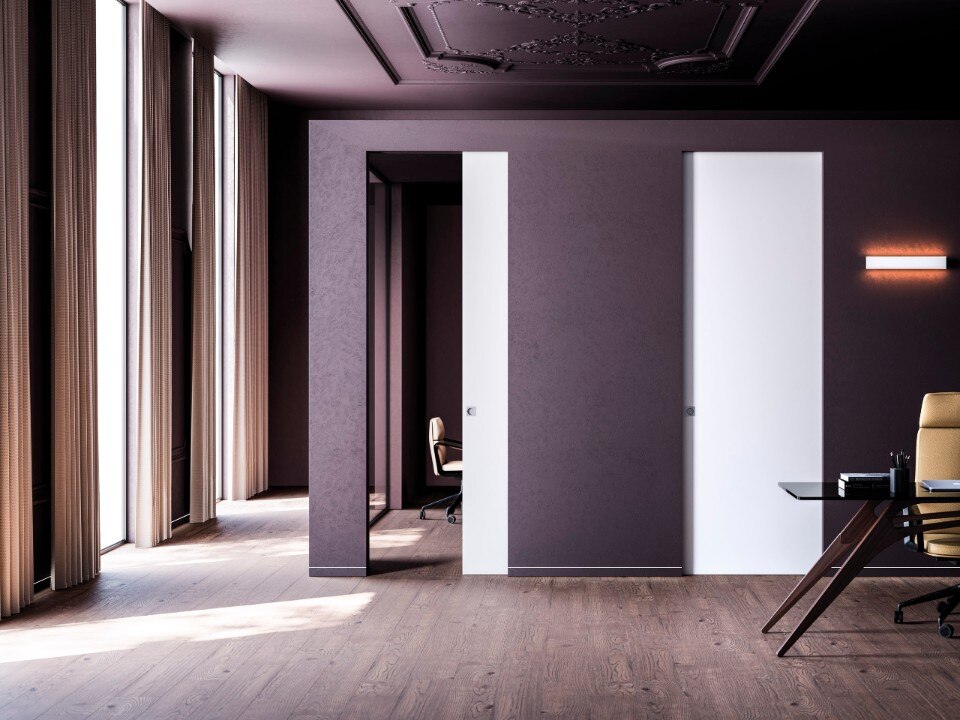Over the centuries, public art has mainly been identified with the 'monument', understood as a hagiographic tool. But from the 20th century onwards, celebratory ambitions were abandoned in favour of more general communicative objectives linked to the context of reference.
By settling in the urban fabric, site-specific works of public art – designed in relation to a precise environmental and socio-cultural reality – have brought about a bivalent result: on the one hand, they have allowed culture to slip away from the showcases of museums and penetrate, for the benefit of a wider public (even if sometimes unaware or suspicious), into the squares and streets; on the other, they have been able to impact on the process of constructing or reinforcing the identity of a place and its recognisability, to the point of becoming 'symbols' of that city.
Obviously, it does not escape us how some interventions, beyond their artistic value, risk remaining self-referential expressions separated from the context or are sometimes blatant marketing operations aimed only at garnering the consensus of tourism and investors. However, it is certain that where these works manage to interact effectively with the community that welcomes them, lives them and recognises them as an integral part of their city, they represent a success not only for the artist but also for the entire territory.
This is the case of some contemporary realisations that, in the wake of unmistakable historical emblems (Statue of Liberty in New York, Christ the Redeemer in Rio, Merlion in Singapore), are universally representative icons of their cities, regardless of their expressive language: from 'trashy' (Koons in Bilbao, Gullichson in Turku) and playful sculptures (Barragán in Mexico, Indiana in Philadelphia; Tinguely, de Saint Phalle in Paris; Oldenburg in Milan; Peeing statues in Brussels), poetic (Chillida in San Sebastián, diffuse works in Jeddah) or desecrating interventions (Cattelan in Milan), to artworks to be lived and experienced (Kapoor in Chicago and Naples; Tresoldi in Reggio Calabria).
Opening picture: Chicago city reflects by beatrice preve on Adobe Stock

Eclisse: when invisibility art shakes up interior design
A leader in manufacturing pocket door frame systems, Eclisse redefines the concept of living space. Through solutions like Syntesis Line, the company transforms doors into continuous design elements.





































